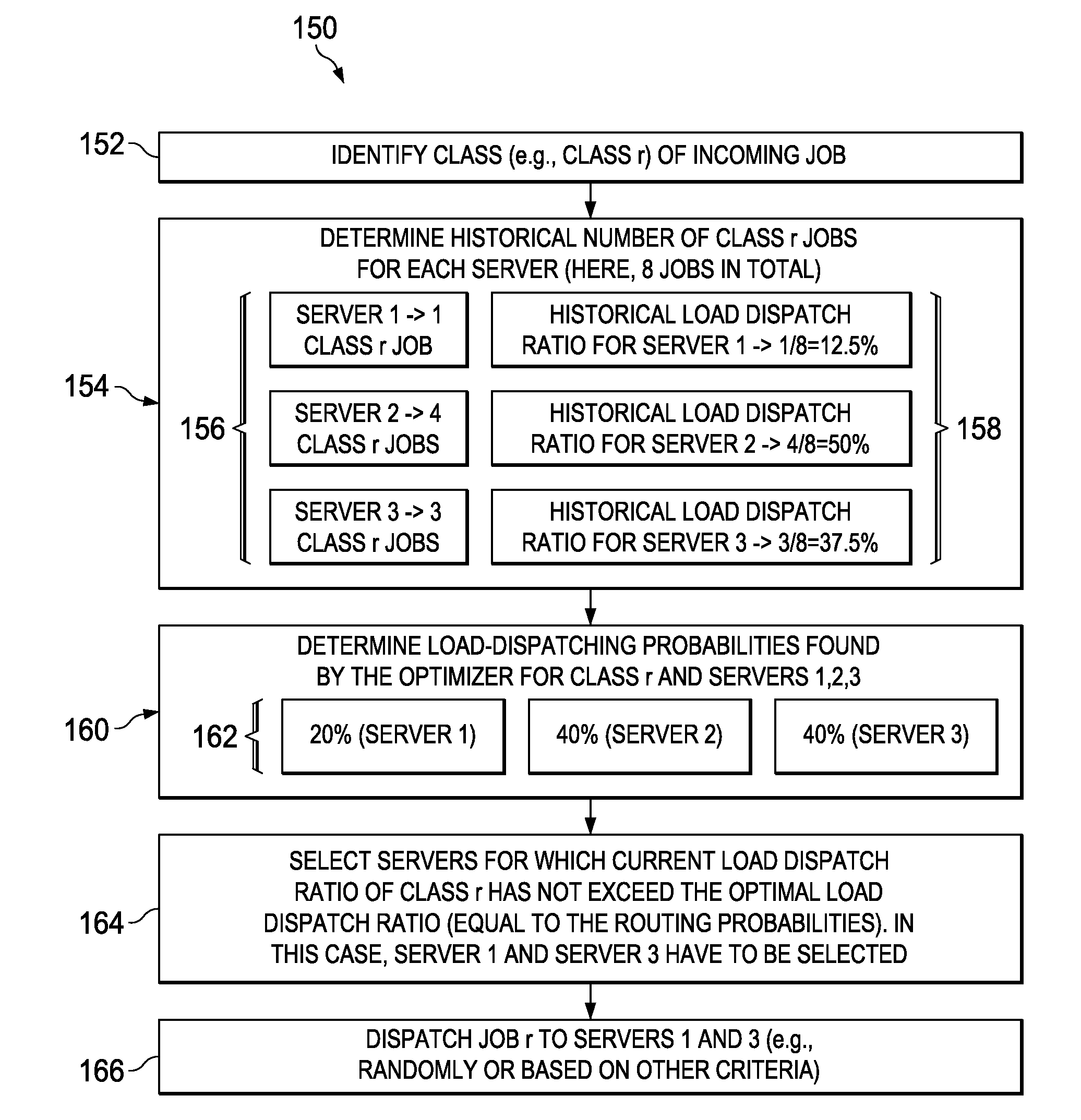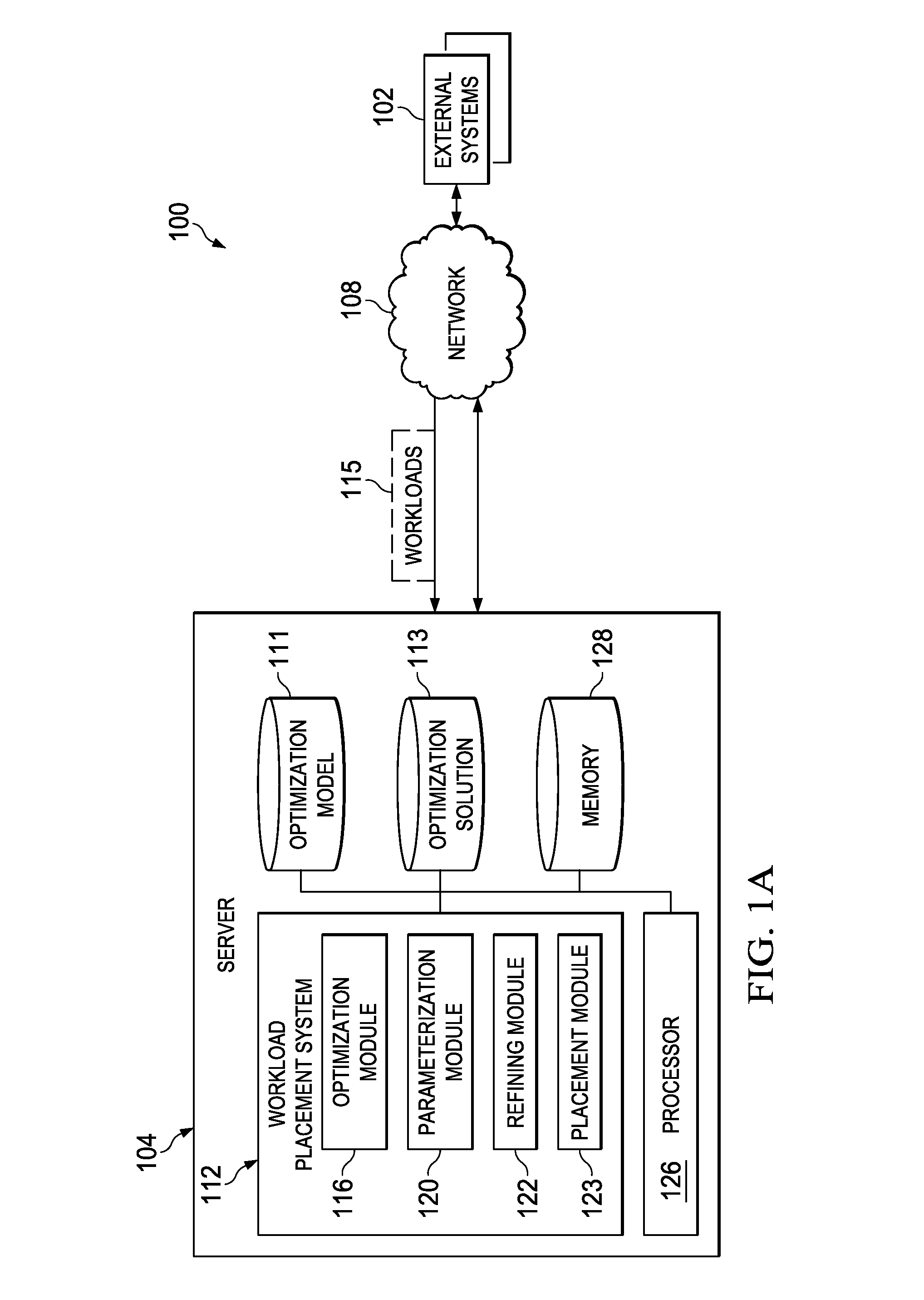This use can
pose new challenges to the management of these applications in cloud infrastructures, since architectural design,
sizing and pricing methodologies may not exist that are focused explicitly on in-memory technologies.
For example, one important challenge can be to enable better decision support throughout planning and operational phases of in-memory
database cloud deployments.
However, this can require novel performance and cost models that are able to capture in-memory database characteristics in order to drive deployment supporting optimization programs.
However, the research may not adequately account for the highly-variable threading levels of analytical workloads in in-memory databases.
Conversely, existing
sizing methods for enterprise applications have primarily focused on modeling mean CPU demand and
request response times. The focus exists because memory occupation is typically difficult to model and requires the ability to predict the probability of a certain mix of queries being active at any given time.
However, conventional probabilistic models can tend to be expensive to evaluate, leading to slow iteration speed when used in combination with numerical optimization.
Particular observations can be made, for example, that current AMVA methods are unable to correctly capture the effects of variable threading levels in in-memory database systems.
These and other analytical approaches may be insufficient in correctly capturing the extensive and variable threading-level introduced by analytical workloads.
It may be observed that using both AMVA and FJAMVA can occasionally result in large prediction errors.
Due to their analytical nature, OLAP workloads can be computationally intensive and can also show
high variability in their threading levels.
As expected, a strong variability of the parallelism is present across all query classes, which can increase contention for resources under OLAP workload mixes.
Although the in-memory database system is intensively used for business analytics, similar types of requests coming from analytics applications can recurrently hit the database system.
MVA can be applied in a recursive fashion, but MVA gets intractable for problems with more than a few customer classes.
However, temporal delays introduced by synchronization in fork join queues cannot be described with the above product-form models.
Relying on
harmonic numbers may not be a favorable approach for scenarios with no exponentiality in service demands.
Hence, this low variability can be expected to be problematic for FJ-AMVA, which motivates the need for a
response time correction that does not rely on exponential service times.
Hence, with the three AMVA extensions, the common problem is faced of choosing the right tradeoff between suitability of mathematical models for nonlinear optimization and their accuracy / complexity for respective predictions.
Then, each active worker thread of equation 476 can naturally represent the service times needed by FJ-AMVA, is mapped onto sir, where t is limited by the maximum number of threads Tr per class r. A problem can occur with the traces, as the available information about the placement of threads may be insufficient.
For AMVAvisit, it is observed that predictions were very optimistic, which indicates that the parameterization with the scaled service times does not improve prediction accuracy over AMVA.
This is imposed on the problem classes with high parallelism (class 1,19) and classes with long execution times (class 9,21), for which all methods produced pessimistic response times. Apart from AMVA, which typically results in pessimistic predictions, the optimistic predictions for short running classes can be explained due to strong contention effects, which are difficult to accurately capture by the considered methods.
Furthermore, poor results can be observed for FJAMVA under the 2-socket
scenario, but this can be attributed to skewed sub-service times in the traces for this configuration.
Both AMVA approximations may perform poorly, since they either
neglect threading levels, which can be the reason to exclude the strong pessimistic results of AMVA, or scaled service demands can be used resulting in very optimistic response times for AMVAvisit.
While TP-AMVAprob and its static pendant still retain a high accuracy, FJ-AMVA predictions are too inaccurate under
high load scenarios, whereas the high relative error for both AMVA variants clearly shows that both methods cannot capture contention effects properly.
When it is desired to integrate the
analytical technique into an optimization program, a fixed-point iteration cannot be used.
This can be necessary, since TP-AMVAprob util can cause longer optimization times due to its additional contention expressions.
More specifically, it can be found that class 21 causes the highest memory occupation, as shown in FIG. 3C, which thus leads to big changes in the peak memory for small increases in Q. However, it can be observed that the
queue length predicted with TP-AMVAprob light gives a pretty good overall estimate of peak memory occupation in combination with equation 412, keeping in mind that it is generally difficult to
handle outliers in an MVA framework without probabilistic measures.
The difficulty of further reducing the optimality gap can be imposed on the large search space spanned by the decision variables.
However, the results can suggest that the
optimization problem is of such a form that reducing the optimality gap further would have only little
impact on the actual improvements.
It also can be determined that BMIBNB takes longer to converge than SCIP, due to its additional processing overhead.
 Login to View More
Login to View More  Login to View More
Login to View More 


